Home>Dining>Tableware>How To Increase The Height Of A Dining Table


Tableware
How To Increase The Height Of A Dining Table
Modified: August 17, 2024
Discover effective tips and tricks to increase the height of your dining table using innovative tableware. Elevate your dining experience effortlessly!
(Many of the links in this article redirect to a specific reviewed product. Your purchase of these products through affiliate links helps to generate commission for Storables.com, at no extra cost. Learn more)
Introduction
When it comes to choosing the right dining table, height plays a crucial role in ensuring a comfortable and enjoyable dining experience. The height of a dining table impacts not only the overall aesthetics of the space but also the functionality and usability. Whether you have recently purchased a dining table that is too low for your needs, or simply want to adjust the height of your current table, there are several methods you can employ to increase its height and create an ideal dining environment.
In this article, we will delve into the various factors to consider before deciding to increase the height of your dining table, as well as explore different methods you can use to achieve the desired height. So if you’re ready to elevate your dining experience, let’s dive in!
Key Takeaways:
- Elevate your dining experience by increasing the height of your dining table using methods such as leg extenders, risers, custom platforms, adjustable legs, or temporary solutions like tablecloths. Prioritize stability, comfort, and aesthetics for a successful modification.
- Consider factors such as stability, chair compatibility, user accessibility, space constraints, and overall aesthetics before increasing the height of your dining table. Choose the most suitable method to create a comfortable and visually appealing dining space that meets your specific needs.
Read more: How To Increase The Height Of Dining Chairs
Understanding the Importance of Dining Table Height
The height of a dining table is an essential factor to consider for several reasons. Firstly, it determines the level of comfort for seated individuals. A table that is too low can cause strain on the back and neck, making it uncomfortable to sit for extended periods. On the other hand, a table that is too high can make it difficult to reach and enjoy your meal comfortably.
In addition to comfort, the height of the dining table also affects the overall aesthetics of the room. A well-proportioned table with the right height can create a visually pleasing and balanced look, enhancing the overall ambiance of the space.
Furthermore, the height of the table plays a role in ensuring proper alignment with other furniture and accessories in the dining area. It should be considered in conjunction with the chairs, ensuring that the individuals’ knees are at a comfortable angle when seated.
Another important aspect to consider is the intended use of the dining table. If you frequently entertain guests or host dinners, a higher table can create a more formal and elegant setting. On the other hand, if you have young children, a lower table can offer ease of accessibility and a more casual atmosphere.
Overall, the height of a dining table is crucial in creating a comfortable, visually appealing, and functional dining space. By understanding the significance of dining table height, you can make informed decisions when it comes to adjusting or selecting a table that best suits your needs.
Factors to Consider Before Increasing the Height of a Dining Table
Before proceeding with increasing the height of your dining table, there are several important factors to consider. These factors will help you determine the feasibility of altering the table’s height and ensure that the end result meets your requirements. Let’s take a closer look:
- Table Stability: Increasing the height of a dining table can impact its stability. Consider the table’s construction, material, and overall design. If the table does not have a sturdy base or if it is made of lightweight materials, altering its height may compromise its stability. Ensure that the table can support the increased height without wobbling or tipping over.
- Chair Compatibility: It is essential to assess whether the chairs you intend to use with the table are compatible with the increased height. If the chairs are too low or too high in relation to the table, it can result in an uncomfortable and awkward seating arrangement. Consider the height of the chairs or plan to adjust their height accordingly.
- User Accessibility: Think about the individuals who will be using the dining table. Consider their height, mobility, and any specific accessibility requirements they may have. Ensure that the increased height of the table does not pose any difficulties or discomfort for those using it.
- Space Constraints: Examine the available space in your dining area. Increasing the height of the table may require additional clearance above the table’s surface. Ensure that there is enough room for individuals to move comfortably without the risk of bumping into low-hanging light fixtures or other overhead obstacles.
- Aesthetics and Style: Consider the overall aesthetics of your dining space and the style of the table. Increasing the height may alter the visual balance of the room or clash with the existing decor. Assess whether the modified height aligns with your desired aesthetic and complements the overall style of the space.
By carefully considering these factors, you can determine whether increasing the height of your dining table is a viable option. It is crucial to strike a balance between functionality, stability, and design to ensure a successful modification.
Methods to Increase the Height of a Dining Table
If you have determined that increasing the height of your dining table is the right choice for you, there are several methods you can use to achieve this. Let’s explore some of the most common and effective methods:
- Using Table Leg Extenders: Table leg extenders are specially designed extensions that can be attached to the existing table legs to increase their height. They are available in various sizes and materials, allowing you to customize the height adjustment according to your needs. Simply remove the existing table legs, attach the extenders, and then reattach the legs to the extended height.
- Adding Table Risers or Blocks: Table risers or blocks are simple and inexpensive solutions to raise the height of a table. These can be placed beneath the table legs to add extra height. They are typically made of sturdy materials such as wood or plastic and come in various sizes. Ensure that the risers or blocks securely support the table and provide stability.
- Creating a Custom Tabletop Riser: If you prefer a more customized approach, you can create a tabletop riser that sits on top of the existing table. This can be done by using wood, plywood, or another suitable material to build a sturdy platform that matches the dimensions of the table. Attach the riser securely to the tabletop, ensuring stability.
- Adapting Adjustable Table Legs: If your dining table has adjustable legs, you can simply adjust them to the desired height. This option provides flexibility as you can easily modify the height to accommodate different needs or preferences. Follow the manufacturer’s instructions to adjust the legs safely and securely.
- Using a Tablecloth or Placemats as Temporary Solutions: If you’re looking for a temporary height adjustment, you can utilize a thicker tablecloth or placemats to add some extra height. These options are quick and easy to implement and can be removed when not needed.
Before implementing any of these methods, ensure that the chosen option is suitable for your table’s design and construction. Take into account the stability, aesthetics, and usability of the modified table. Additionally, always follow the manufacturer’s instructions or seek professional assistance when necessary to ensure a safe and successful height adjustment.
Method 1: Using Table Leg Extenders
One of the most straightforward and effective methods to increase the height of your dining table is by using table leg extenders. These extenders are specially designed attachments that can be added to the existing table legs to raise their height. Here’s a step-by-step guide on how to use table leg extenders:
- Start by measuring the height you want to add to your dining table. This will help determine the length of the leg extenders you need to purchase. Leg extenders are available in various sizes and materials, so choose the ones that best suit your requirements.
- Next, carefully remove the existing legs from your dining table. You may need to use a screwdriver or wrench to loosen any screws or bolts holding the legs in place. Take note of the leg placement and orientation as you will need to reattach them later.
- Attach the table leg extenders to the bottom of the table legs. Most leg extenders come with pre-drilled holes for easy installation. Align the holes of the extender with the corresponding holes on the table legs and use screws or bolts to secure them in place. Ensure that the extender is firmly attached and provides stability.
- Once the leg extenders are securely in place, reattach the legs to the extended height. Align the legs with the pre-existing markings or holes on the extenders and use screws or bolts to fix them into position. Make sure the legs are firmly attached to maintain stability.
- Once all the legs are reattached, inspect the table for stability. Give it a gentle shake to ensure there is no wobbling or instability. If needed, tighten the screws or bolts for added security.
- Finally, place the table in your desired location and test its new height. Sit at the table and assess the comfort level. Depending on your preferences, you may need to adjust the seating height by using chair risers or cushions to achieve a comfortable dining experience.
Using table leg extenders is a convenient and reliable method to increase the height of your dining table. It allows for precise adjustments and can be easily reversed if desired. Just ensure that you choose high-quality leg extenders that are suitable for the weight and design of your table to maintain stability and safety.
Consider adding table leg extenders or using risers to increase the height of your dining table. This can easily be done to accommodate taller chairs or to create a more comfortable dining experience.
Read more: How To Build A Counter Height Dining Table
Method 2: Adding Table Risers or Blocks
If you’re looking for a quick and affordable solution to increase the height of your dining table, using table risers or blocks is an excellent option. Table risers are small platforms that can be placed under the table legs to raise the overall height. Here’s how you can add table risers or blocks to your dining table:
- Start by determining the height you want to add to your dining table. Measure the distance between the floor and the underside of the table, and choose risers or blocks that match your desired height increase. Table risers are typically available in various sizes and materials, such as wood or plastic.
- Place the dining table on a stable and level surface. Gently lift one corner of the table and insert a table riser or block beneath the respective leg. Repeat this process for the remaining corners of the table. Ensure that the risers or blocks are positioned securely and evenly distributed to maintain stability.
- Once all the risers or blocks are in place, give the table a gentle shake to check for any wobbling or instability. Adjust the position of the risers or blocks if needed to ensure that the table sits evenly and securely on them.
- With the table now raised to the desired height, assess the comfort level and stability. Sit at the table and check if the height is suitable for comfortable dining. If necessary, you can use chair risers or cushions to adjust the seating height to match the new table height.
- It’s important to note that table risers or blocks may have weight limitations. Ensure that the chosen risers or blocks can handle the weight of your dining table and any additional load that may be placed on it during use.
Adding table risers or blocks is a simple and cost-effective method to increase the height of your dining table. It offers flexibility as it can be easily adjusted or removed if needed. However, it is crucial to prioritize stability and ensure that the table remains secure and safe for use after the height adjustment.
Method 3: Creating a Custom Tabletop Riser
If you’re looking to customize the height of your dining table while preserving its original legs, creating a custom tabletop riser can be a great solution. This method allows you to add a sturdy platform on top of the existing table surface to raise its height. Here’s a step-by-step guide on how to create a custom tabletop riser:
- Measure the dimensions of your dining table to determine the size of the riser platform. The platform should match the length and width of the table to ensure a seamless and secure fit.
- Choose a suitable material for the riser platform, such as plywood or solid wood. Ensure that the selected material is sturdy and can support the weight of the table and any items placed on it.
- Cut the chosen material to the desired dimensions for the riser platform, ensuring that the edges are smooth and even. Sand the surface of the platform to create a smooth finish.
- Position the riser platform on top of the dining table, aligning it with the edges and corners. Use clamps to secure the platform in place temporarily to check the fit and stability.
- If needed, mark the locations on the table where screws or brackets will be used to secure the riser platform more permanently. Carefully drill holes at these marked locations, ensuring that the holes do not penetrate through the original tabletop.
- Attach the riser platform to the underlying table by using screws or brackets. Ensure that the attachments are secure and allow the riser platform to sit flush with the table surface.
- Once the riser platform is securely attached, check the stability of the table. Give it a gentle shake to ensure there is no wobbling or instability. Adjust the attachments if necessary to enhance stability.
- Finally, decorate or finish the riser platform to match the aesthetic of your dining room. You can apply paint, stain, or a protective finish to the riser platform to ensure its durability and aesthetic appeal.
Creating a custom tabletop riser provides you with the flexibility to adjust the height of your dining table while keeping the original legs intact. It allows for a personalized and seamless modification that matches your specific needs and preferences. Just ensure that the riser platform is securely attached and provides stable support for the tabletop.
Method 4: Adapting Adjustable Table Legs
If your dining table already has adjustable legs, modifying their height is a straightforward method to increase the overall height of the table. Adjustable table legs provide flexibility, allowing you to easily adjust the height according to your preference. Here’s how you can adapt adjustable table legs to increase the height:
- Start by identifying the type of adjustable legs your dining table has. There are various mechanisms used for adjustable legs, including telescopic legs, screw-in legs, or spring-loaded legs.
- Refer to the manufacturer’s instructions or user manual for your dining table to understand how to adjust the leg height safely. Follow the provided guidance to extend or retract the legs to the desired height.
- You may need to use a wrench, Allen key, or other tools specified by the manufacturer to loosen or tighten the locking mechanisms of the adjustable legs. This will allow you to adjust the legs smoothly without compromising stability.
- Once you have adjusted the legs to the desired height, tighten the locking mechanisms to secure them in place. Ensure that the adjustable legs are firmly locked to prevent any wobbling or instability.
- Test the stability of the table by giving it a gentle shake. If the table wobbles or feels unstable, double-check that all the adjustable legs are securely locked in position. Make any necessary adjustments to enhance stability.
- With the adjusted legs in place, assess the comfort level of the table’s new height. Sit at the table and determine if it is suitable for a comfortable dining experience. You may need to adjust the seating height using chair risers or cushions to match the new table height.
Adapting adjustable table legs is a convenient method to increase the height of your dining table. It allows for easy and precise adjustments without the need for additional accessories or modifications. Just ensure that the adjustable legs are locked securely in place to maintain stability and safety.
Method 5: Using a Tablecloth or Placemats as Temporary Solutions
If you’re looking for a temporary solution to increase the height of your dining table, using a tablecloth or placemats can be a quick and convenient option. While this method may not provide a significant height increase, it can be a simple way to add a few extra inches for a temporary dining experience. Here’s how you can use a tablecloth or placemats as temporary height solutions:
- Choose a tablecloth or placemats that are thick and substantial enough to add some height to your dining table. Opt for materials that are durable and can withstand the weight of plates, utensils, and other dining items.
- Spread the selected tablecloth evenly across the surface of the dining table. Alternatively, if using placemats, place them strategically under each place setting to achieve the desired height increase.
- Smooth out any wrinkles or folds in the tablecloth to ensure a neat and even appearance. Make sure it covers the entire tabletop or the area where it is placed.
- Test the stability of the tablecloth or placemats by gently pressing down on them. Ensure that they provide a stable surface for dining and do not shift or move during use. Adjust their position if needed to enhance stability.
- With the added tablecloth or placemats, sit at the table and assess the comfort level. Determine if the increased height is suitable for a comfortable dining experience. Keep in mind that this method is more suitable for temporary use and may not offer a significant height increase.
- After your dining experience, remove the tablecloth or placemats and store them properly for future use. This method provides the flexibility to easily adjust the table’s height according to your needs.
Using a tablecloth or placemats as temporary height solutions is a simple and convenient method to increase the height of your dining table temporarily. It is ideal for situations where a slight height adjustment is required or for short-term use. However, it’s important to note that this method may not provide a substantial or long-term solution if a significant height increase is desired.
Conclusion
Choosing the right height for your dining table is essential to create a comfortable and enjoyable dining experience. Whether your table is too low or you simply want to customize its height to better suit your needs, there are various methods you can employ to increase its height.
We have explored several effective methods, including using table leg extenders, adding table risers or blocks, creating a custom tabletop riser, adapting adjustable table legs, and using a tablecloth or placemats as temporary solutions. Each method offers its own advantages and considerations, allowing you to choose the most suitable approach for your specific circumstances.
Before modifying the height of your dining table, it is important to consider factors such as stability, chair compatibility, user accessibility, space constraints, and overall aesthetics. By doing so, you can ensure that the modification will be successful and align with your desired outcome.
Remember to prioritize stability and safety throughout the adjustment process. Follow manufacturer’s instructions, seek professional assistance when needed, and conduct thorough checks to prevent any potential risks.
Increasing the height of your dining table can significantly enhance your dining experience. It not only provides a more comfortable seating arrangement but also contributes to the overall aesthetics and functionality of your dining area.
Whatever method you choose, be it using extenders, risers, custom platforms, adjustable legs, or temporary solutions like tablecloths, always prioritize comfort and usability. Regularly assess the height to ensure it meets your needs and preferences.
With the newfound knowledge of different methods to increase the height of your dining table, you can confidently embark on transforming your dining space into a comfortable and functional area that caters to your specific requirements.
Frequently Asked Questions about How To Increase The Height Of A Dining Table
Was this page helpful?
At Storables.com, we guarantee accurate and reliable information. Our content, validated by Expert Board Contributors, is crafted following stringent Editorial Policies. We're committed to providing you with well-researched, expert-backed insights for all your informational needs.
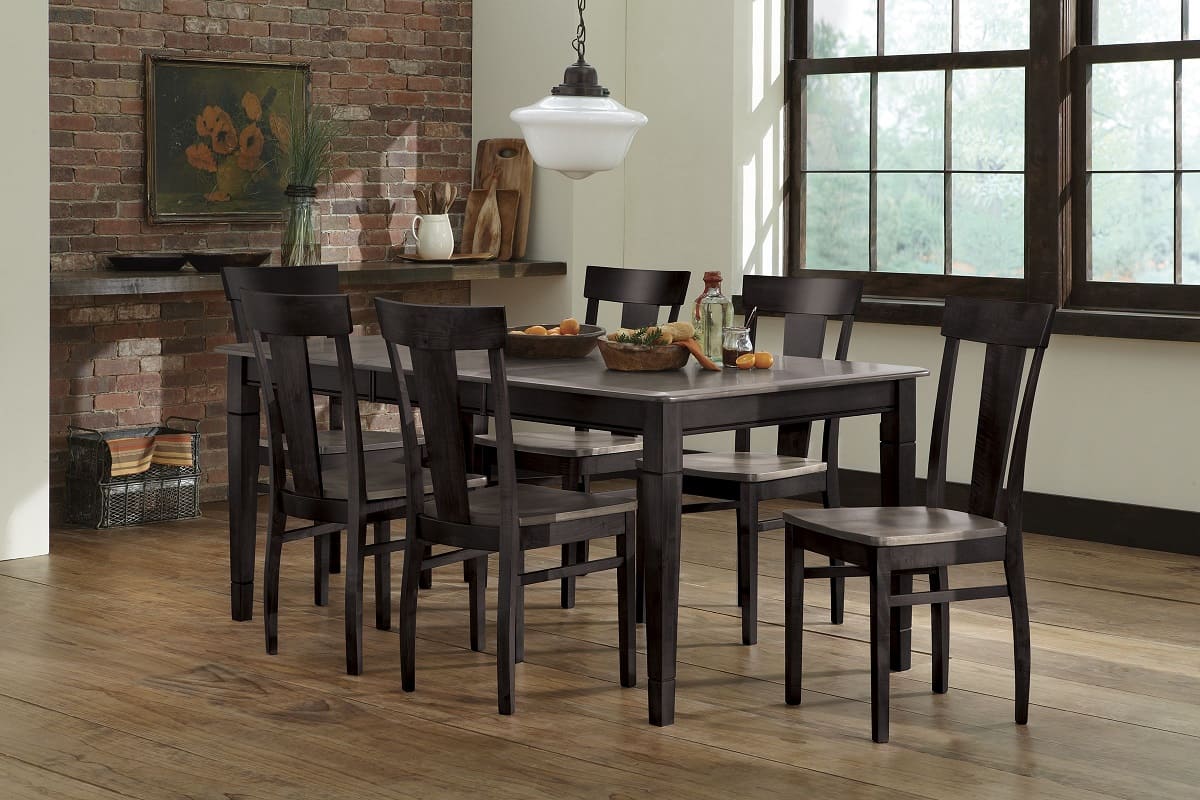

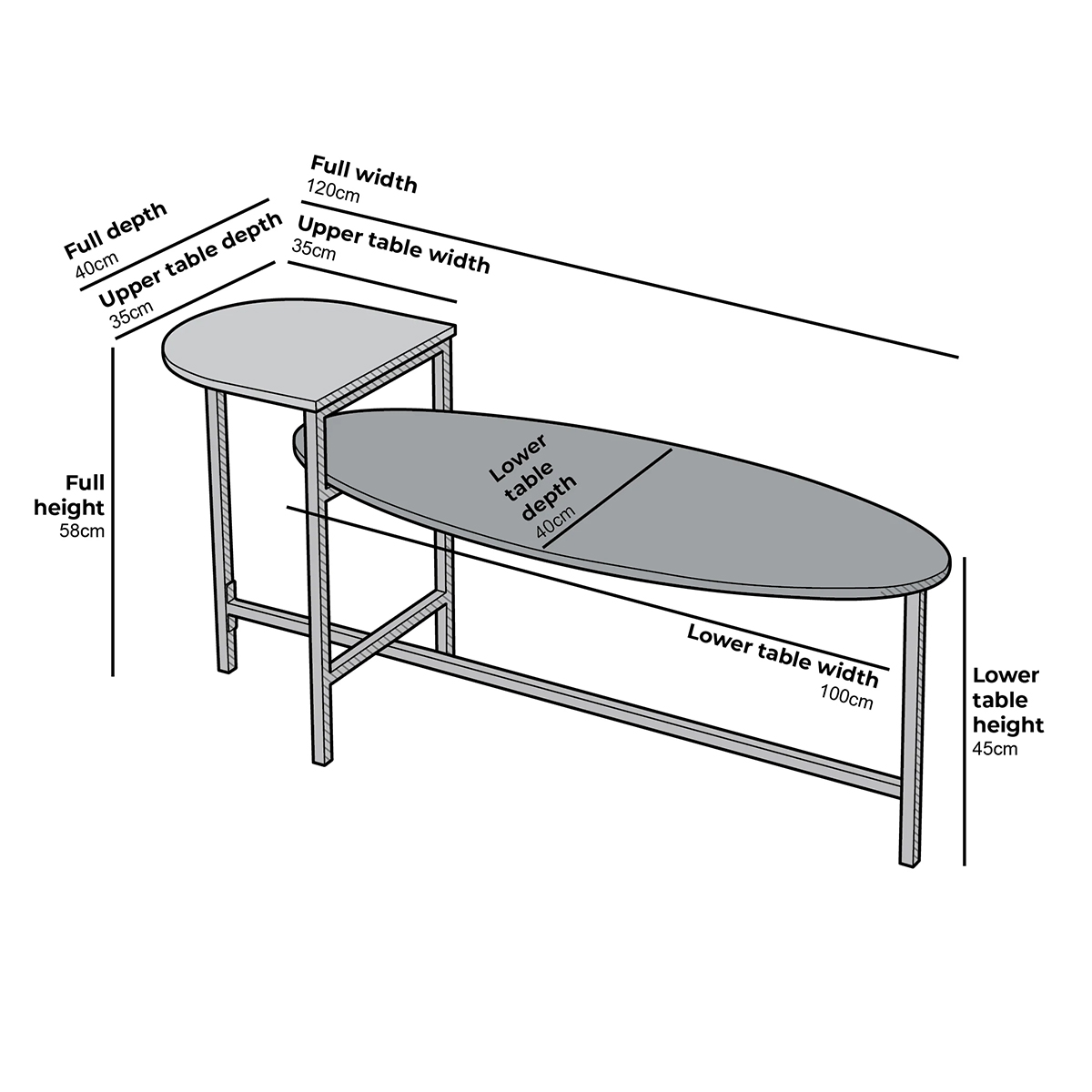
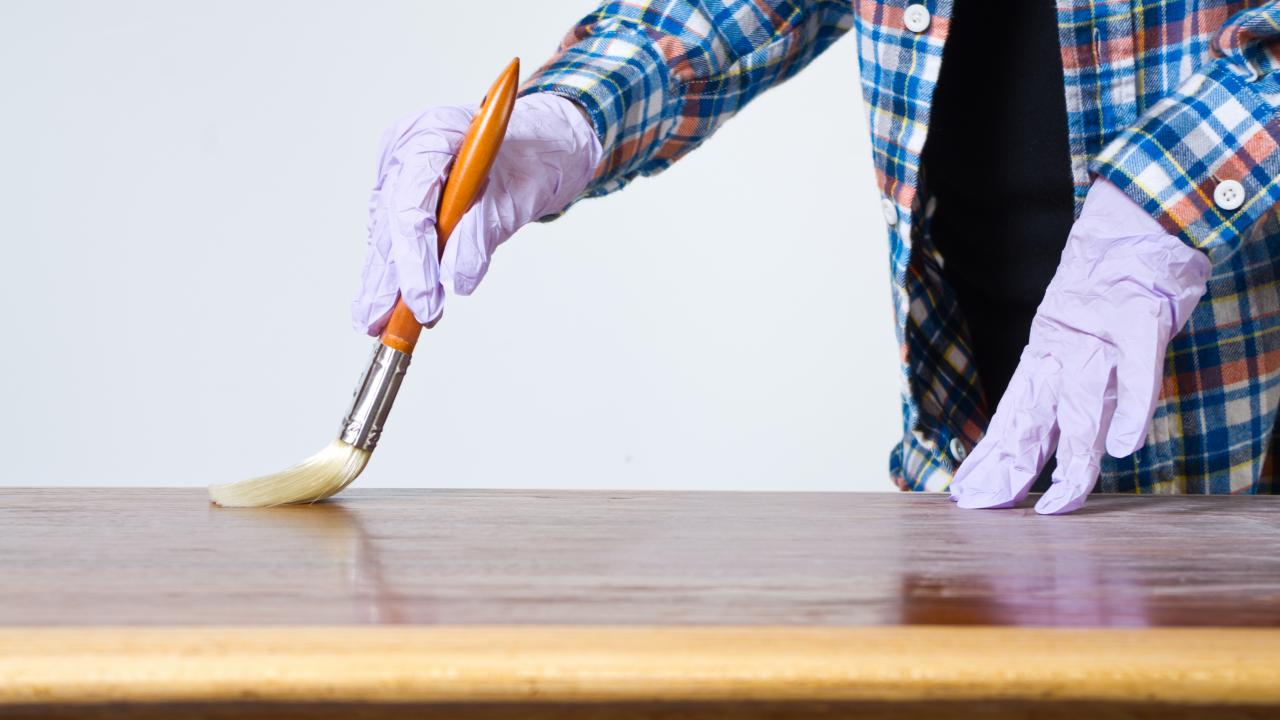
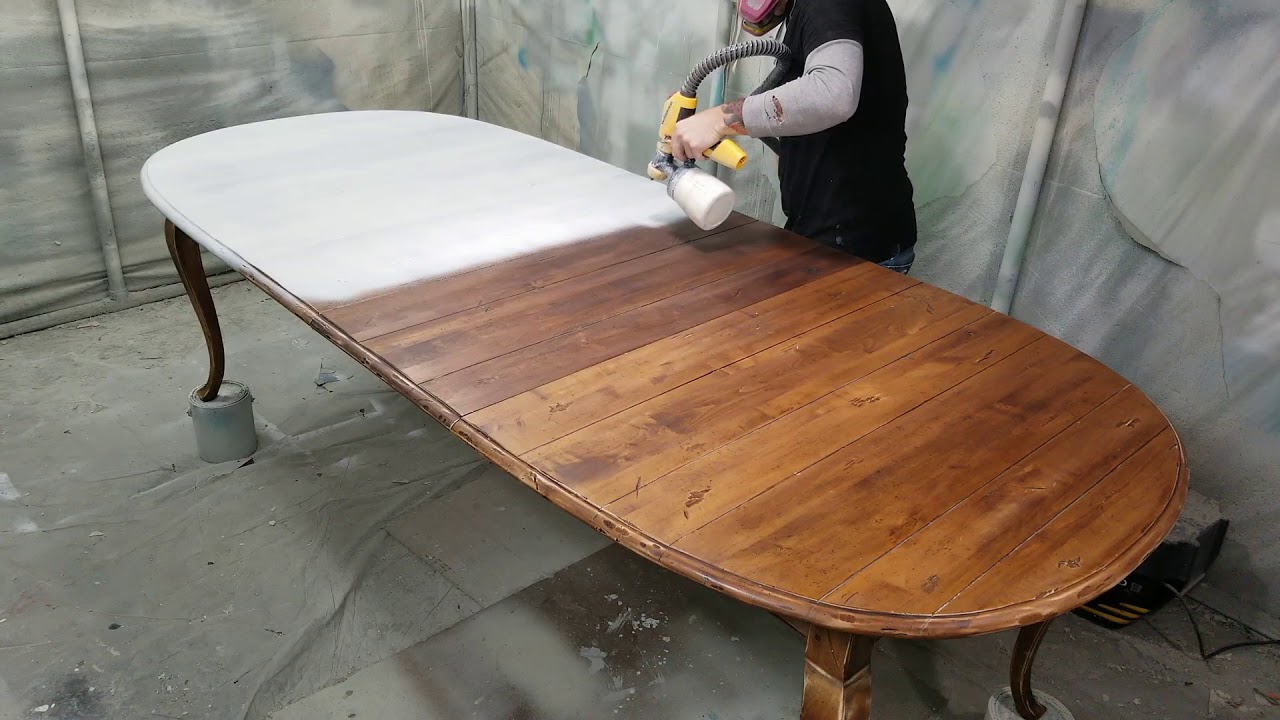

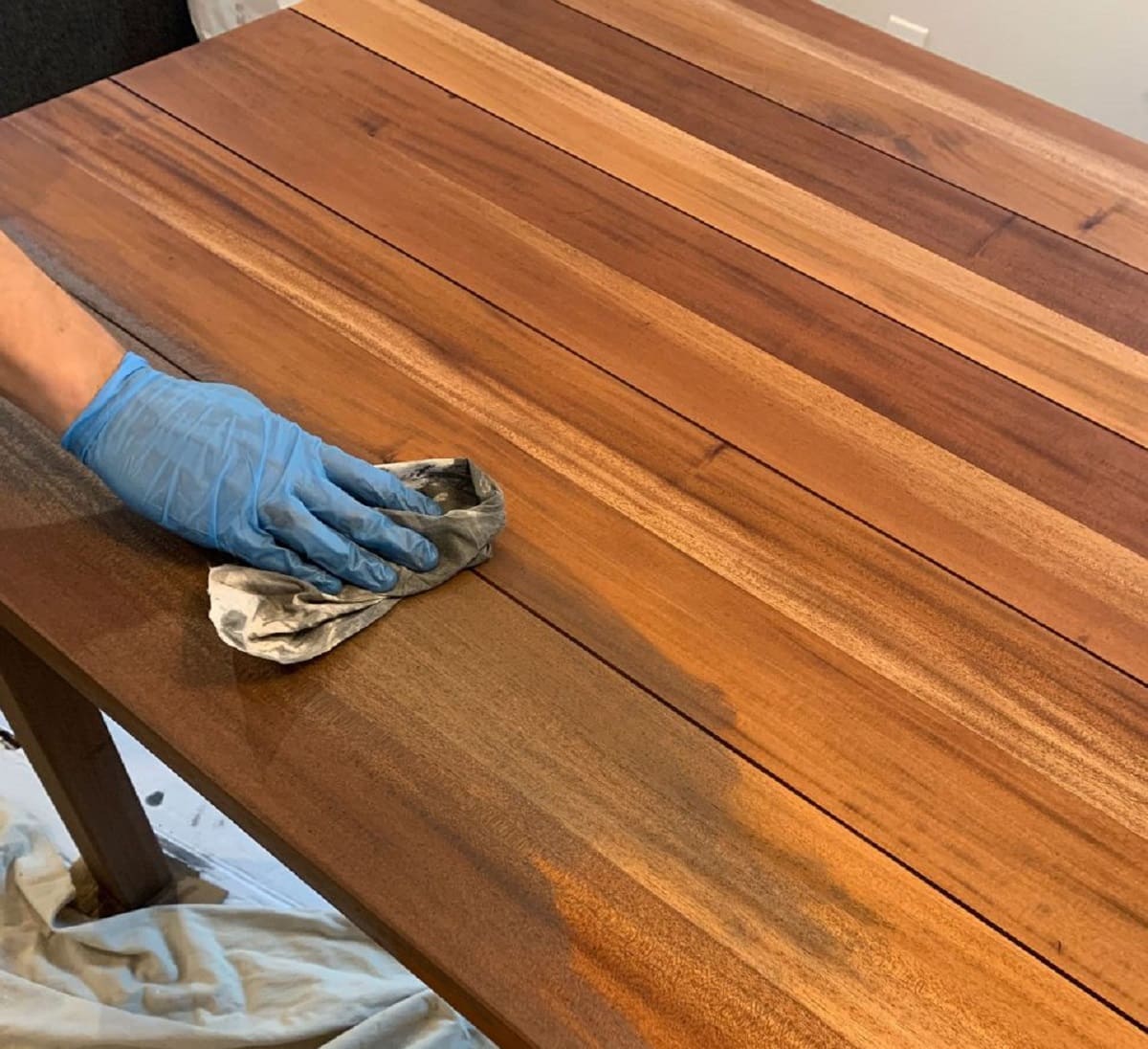



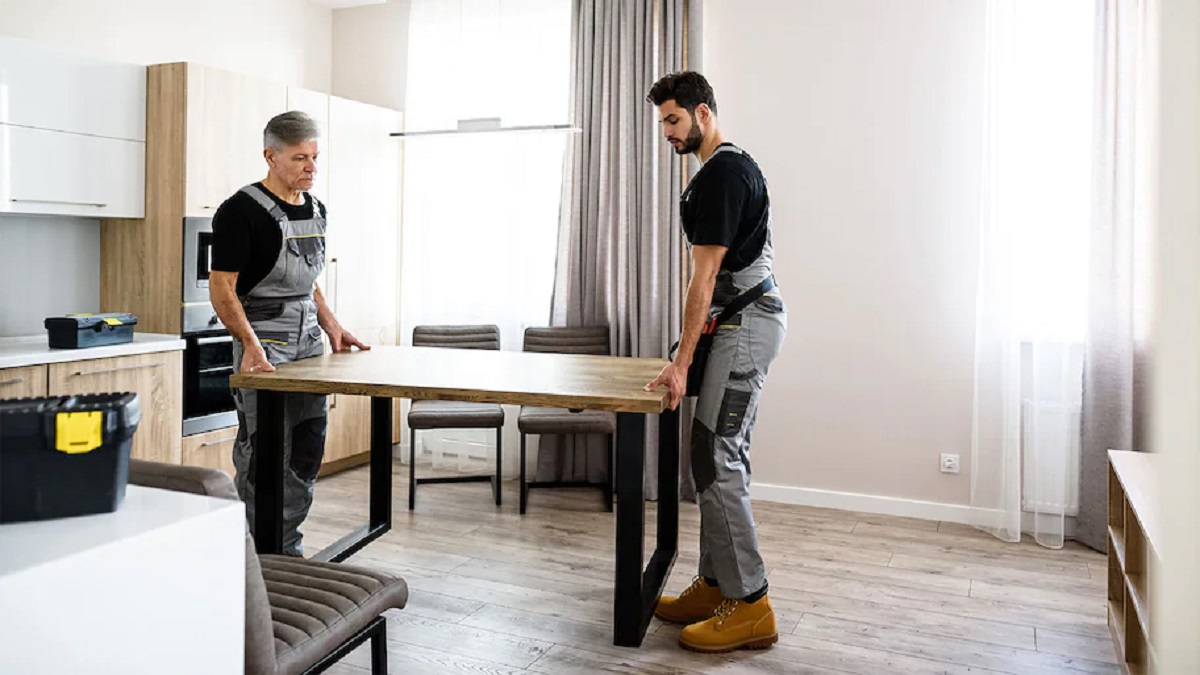
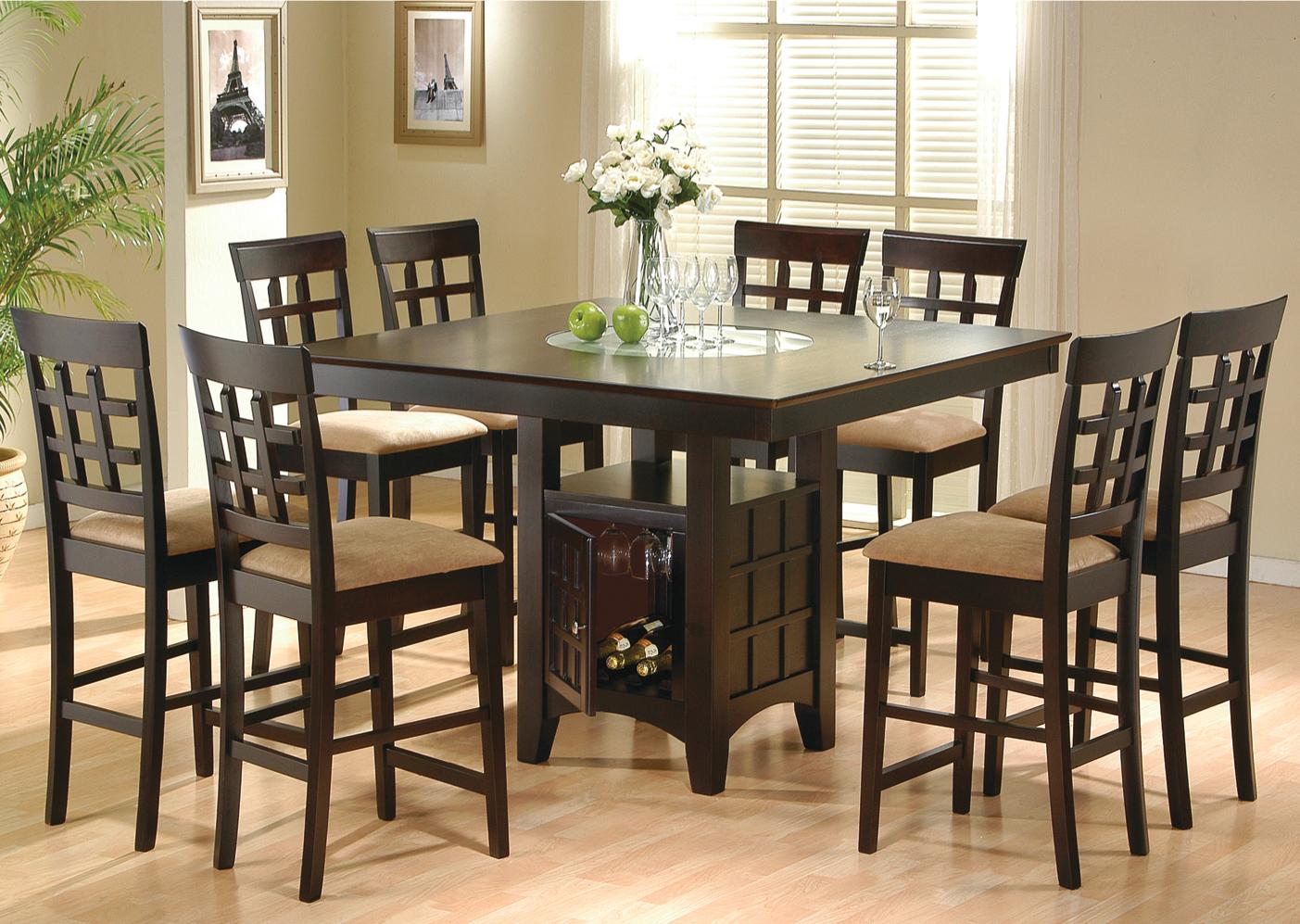


0 thoughts on “How To Increase The Height Of A Dining Table”